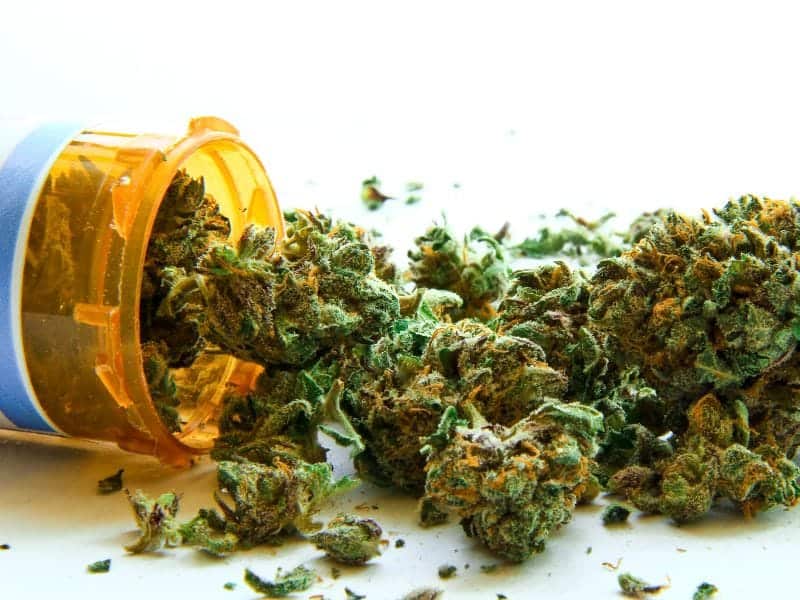FRIDAY, Aug. 16, 2019 (HealthDay News) — Following medical marijuana legalization (MML) in Massachusetts in 2012, there was an increase in pediatric cannabis exposure, according to a study published online Aug. 16 in JAMA Network Open.
Jennifer M. Whitehill, Ph.D., from the University of Massachusetts Amherst, and colleagues compared pediatric cannabis exposure cases before and after MML in Massachusetts. Exposure cases included those of 218 children and teenagers as reported to the Regional Center for Poison Control and Prevention (RPC) from 2009 to 2016.
The RPC received 218 calls involving cannabis exposure (98 single substance, 120 polysubstance) in children and teenagers during the eight-year study period. Boys and girls accounted for 60.6 and 39.4 percent of the total exposure cases, respectively. There was a 140 percent increase in the incidence of single-substance cannabis calls, from 0.4 to 1.1 per 100,000 population before and after MML (incidence rate ratio, 2.4). The highest frequency of RPC-reported cannabis exposures was for 15- to 19-year-olds (81.7 percent of calls). For all age groups, there was an increase in the proportion of all RPC calls due to single-substance cannabis exposure, from 29 to 69 before and after MML. For most age groups, exposure to edible products increased after MML.
“The increase occurred despite the cannabis product packaging being designed to be difficult for young children to open, being unappealing to the youth, and requiring warning labels instructing that the product be kept away from children,” the authors write.
Copyright © 2019 HealthDay. All rights reserved.



